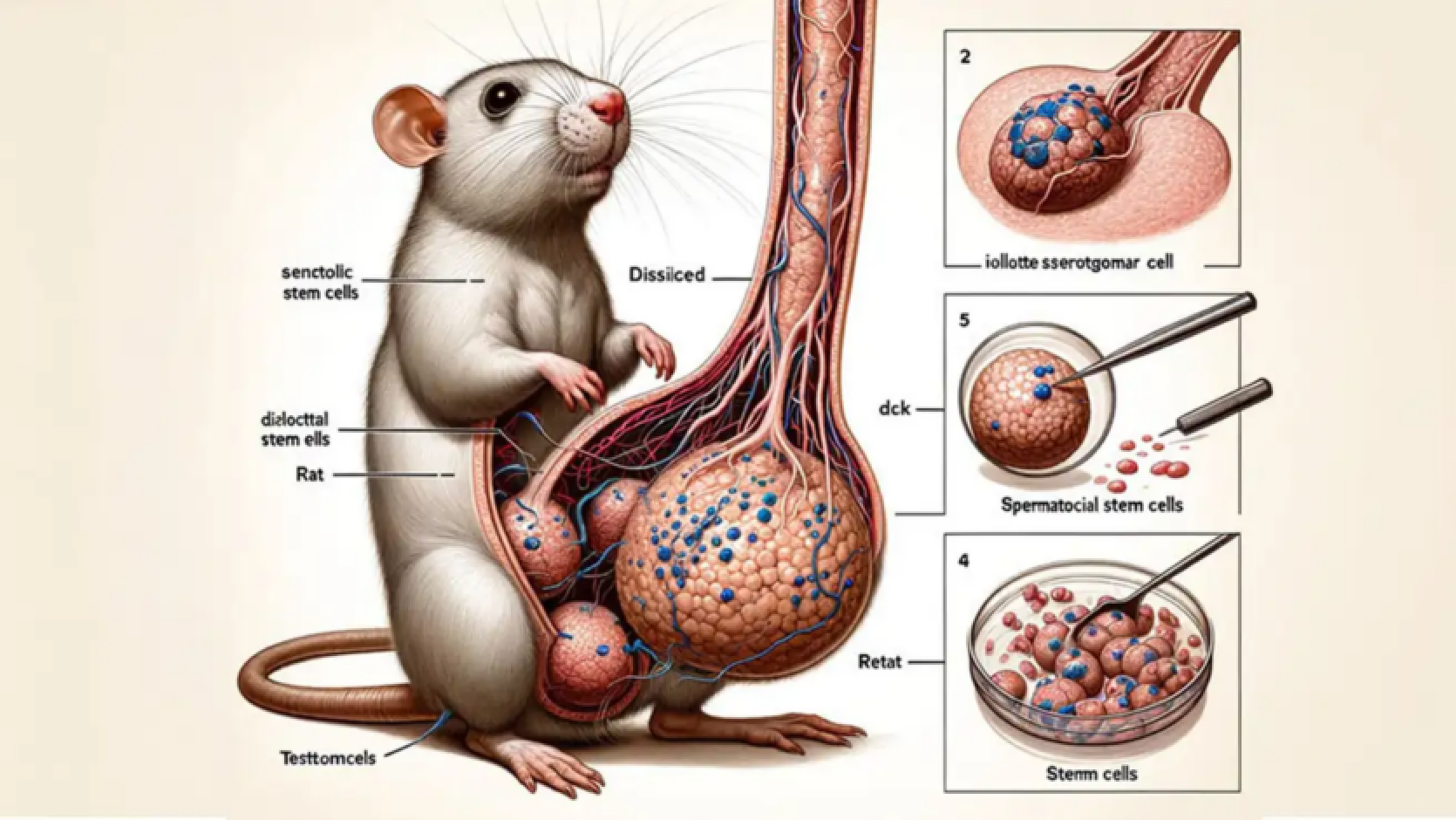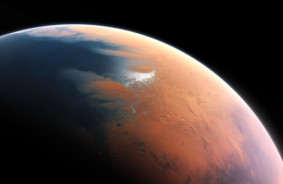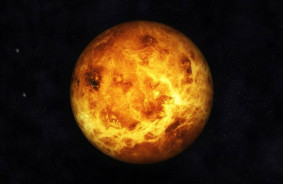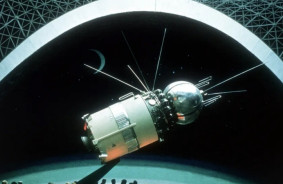This week the scientific journal Frontiers in Cell and Development Biology published a study that used fake images created with Midjourney, one of the most popular AI image generators.
The open-access article explores the relationship between stem cells in the testes of mammals and the signaling pathway responsible for mediating inflammation and cancer in cells. The written content of the article does not appear falsified, but the most striking aspects are not in the research itself, but in the inaccurate and grotesque images of rat testicles, signaling pathways, and stem cells created by artificial intelligence.
In the diagram of a rat generated by artificial intelligence, the rat is depicted, with the upper part of its body labeled as "sencotlytic stem cells." What looks like a very large rat penis is labeled as "Cross-sectioned," with inserts on the right to highlight iollotte sserotgomar cell, dck, and Retat. Hm, reports Gizmodo.
According to Frontiers journal editing rules, manuscripts undergo a "primary quality check" by the research integrity team and the handling editor before being reviewed by experts. In other words, this work supposedly went through many eyes before the images were published.
To the researchers' credit, they note in the article that the images in the study were created by Midjourney. But on the Frontiers website dedicated to publication policy and ethics, it is noted that corrections can be submitted if "there is an error in the figure that does not change the conclusions" or "there are incorrectly labeled figures," among other factors.
The rat image clearly does not correspond to reality, even if you have never dissected rat genitals. But other drawings in the article may seem plausible to the untrained eye at least at first glance. However, even someone who has never opened a biology textbook will see upon closer inspection that the captions on each diagram are not quite in English - a clear sign that the text on the images was generated by artificial intelligence.
The increasing popularity of artificial intelligence has led to scientifically inaccurate images appearing in scientific publications and news articles. Images created with artificial intelligence are easy to create and often visually convincing - but AI struggles to convey all the nuances of scientific accuracy in a caption to a diagram or illustration.














Comments (0)
There are no comments for now